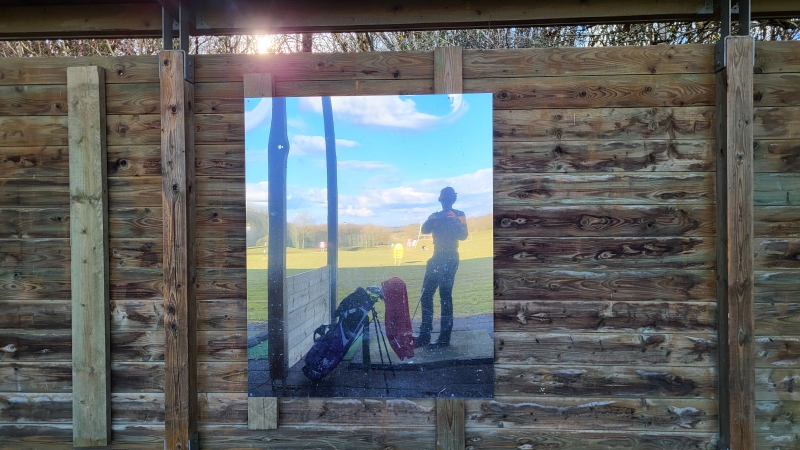One of the famous stories about Charlie Munger has been reported by Warren Buffet as follows:
“Charlie, as a very young lawyer, was probably getting $20 an hour. He thought to himself, ‘Who’s my most valuable client?’ And he decided it was himself. So he decided to sell himself an hour each day. He did it early in the morning, working on these construction projects and real estate deals. Everybody should do this, be the client, and then work for other people, too, and sell yourself an hour a day.”
Whatever Charlie Munger chose to do in this hour contributed to his ability to lead a more successful life by answering for himself how he could be happy in his career.
This question is one of the three fundamental questions Clay Christensen described in his HBR article “How Will You Measure Your Life?” and book by the same name.
The second question he asked was “How can I be sure that my relationship with my family is an enduring source of happiness?” It probably is the question people seek to answer when searching for the so-called “Work-Life Balance.” Especially when they see it as a negotiation between their work and their family life.
The third question he asked addressed a third area. By asking “How can I live my life with integrity?” he was searching for his own answer of how to experience himself as having an impact that would last beyond his working life. After becoming ill, he described this by sharing how his illness transformed his perception of his life: “I know I’ve had substantial impact, but as I’ve confronted this disease, it’s been interesting to see how unimportant that impact is on me now. I’ve concluded that the metric by which God will assess my life isn’t dollars but the individual people whose lives I’ve touched.”
It seems to me that this shift of perspective was eased by his ability to live his life with integrity and do so beyond his answers to the first two questions he asked himself. The work he did to answer his questions most certainly was the best way he found to invest in himself.
His description of how to measure his life and his shift of perspective also allow us to see one important point of the process: none of the answers are immediate. They require work and transform themselves as life and experience unfold. Staying with these questions creates the circumstances within which the given answers shape one’s life.


